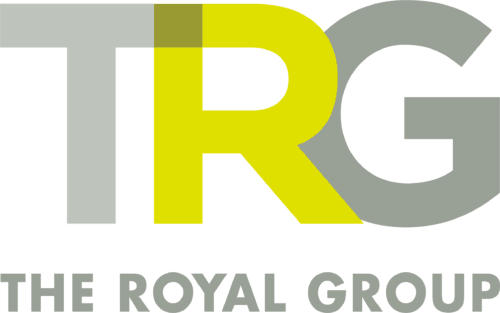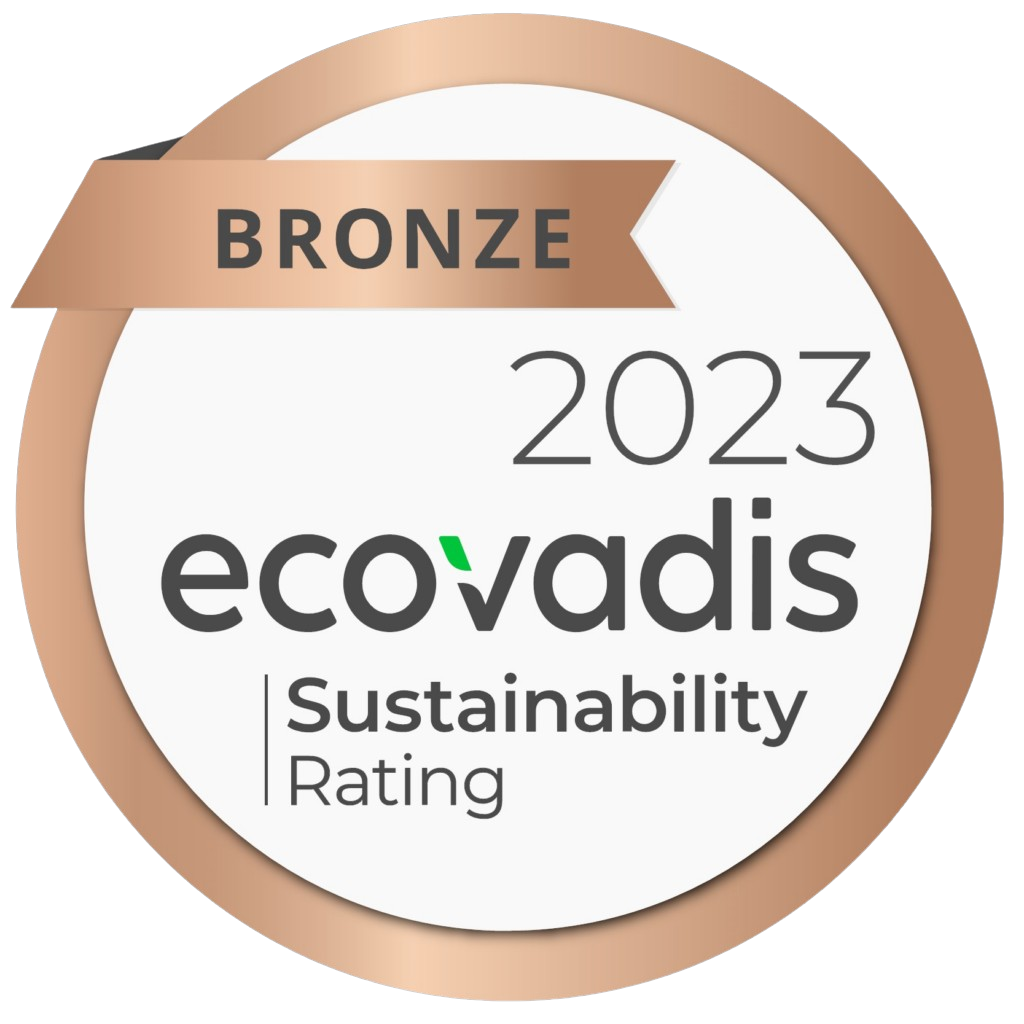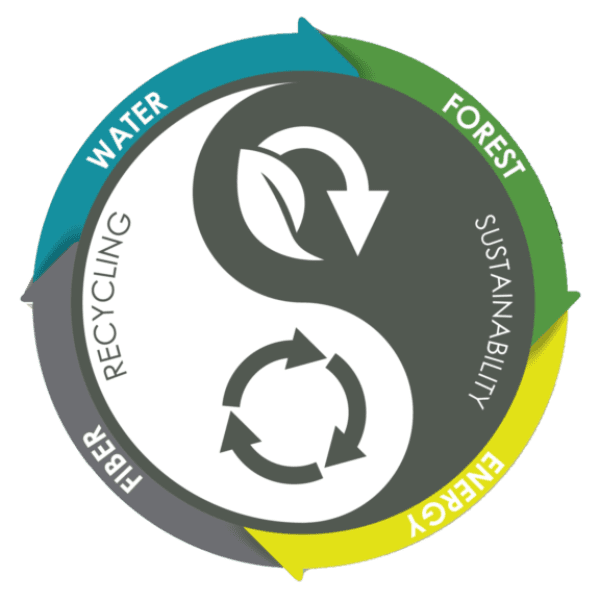
Our Sustainability Policy is WaterFiberForestEnergy
TRG strives to be a responsible steward of the environment with a forward-thinking business model building on opportunities to create a balanced ecosystem utilizing the 4 pillars of our Sustainability platform; Forest, Fiber, Water, & Energy.
Our corporate environmental reduction goal is to reduce energy, water, & waste by 15% by 2035
 Water
Water Fiber
Fiber Forest
Forest Energy
Energy
GOAL:
Improve water stewardship by continuously seeking new ways to refine our water conservation methods and ensuring water output is aligned with community needs.
Successes:
All of TRG’s corrugators utilize continuous flow chiller systems saving up to 3,000,000 gallons of water annually company-wide.
Return water back in the most efficient way for the community it is in, I.E. returning it back to the river or water treatment plant where it can then be used for irrigation.
Upgrading to WaterSense technology with all renovations and new builds at TRG facilities.
GOAL:
Optimize our fiber yield; promote innovative, sustainable design principles; and reuse paper waste generated in our facilities.
Successes:
Our Recycle mills consume Old Corrugated Containers (OCC) preventing over 700,000 tons per year of wastepaper entering into the landfills.
We continue to develop higher strength grades requiring less fiber.
We design packaging for the most effective use of new and recycled materials that maintains structural integrity and maximizes trailer and warehouse space.
GOAL:
To support healthy forest by expanding our measure of wood sourced through sustainable forestry programs
Successes:
FSC, SFI and PEFC Wood Basin growing 25% more than being removed All Wood purchases are tracked through a verified tracking system to know where wood originates.
Nearly 2/3 of our wood supply comes from the forest enhancement activites.
GOAL:
Strategically reduce greenhouse gas emissions throughout our facilities and increase energy efficiency in our production process.
Successes:
- Transitioning of fork-lift fleet to electric from propane.
- Upgrading boilers to biomass boilers.
- Transitioning lighting to LED & Motion Lights.
The Life Cycle Of A Box
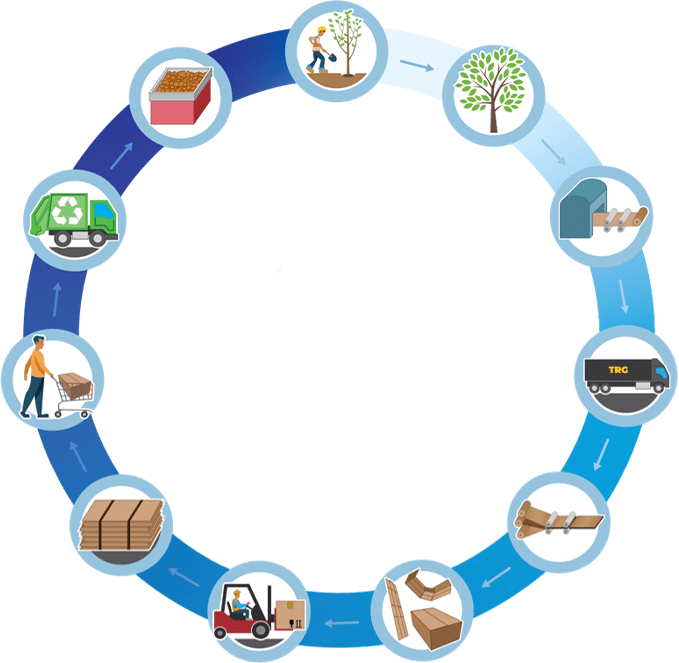
The Life Cycle of A Box
The United States plants 3.2 million seedlings each day, meaning that three seedlings are planted to every tree harvested. By planting these young trees, the paper industry has a perpetual supply of raw materials, unlike mining, oil, and gas who have limited natural resources.
Young trees are more efficient at converting CO2 into oxygen and have a positive environmental impact. TRG’s Mill Division Partners hold SFI, FSC, and PEFC certifications. This means that our suppliers adhere to the highest standard for forestry stewardship, and we use 100% wood fiber procurement from chain of custody.
Our partner mills New-Indy & Integrity produce more than 750,000 tons of recycled containerboard per year; a recycled materials business that handle more than 1.5 million tons of old corrugated containers per year. The Catawba pulp & paper mill will produce over 400,000 tons/year of high-quality, ultra-lightweight virgin linerboard.
Focused on transportation efficiency, we optimize shipping schedules to reduce miles and fuel consumption by our trucks hence reducing greenhouse gas emissions.
Our manufacturing processes are continually monitored for opportunities to reduce waste and increase efficiencies. We also utilize low-voc water-based inks that contain no solvents or heavy metals, and utilize continuous water chillers saving over 3,000,000 gallons of water annually.
Our manufacturing and design team create designs to optimize our fiber yield, promote innovative, sustainable design principles, and reuse paper waste generated in our facilities.
Between our professional truck drivers and our facility locations, we can distribute to most of the US market in less than one day.
From Mill to Market we exercise every opportunity to increase efficiencies and not only provide our customers with speed to market but also top line product.
We understand that providing quality sustainable packaging solutions are important to our customers because they are important to consumers.
Corrugated products are the most recycled packaging material. 93% of corrugated containers are recovered/recycled (3 years average). TRG is an active recycler of Old Corrugated Containers (OCC). Our mills recycle, on average, about 360,000 tons per year of post-retail and post-consumer waste.
Our partner, Integrity Fiber, diverts about 1.4 million tons of recovered paper waste away from landfills and back into the economy for reuse in manufacturing. By adding to the available fiber supply, we save tress & water, and reduce methane gases.
Featured Case Studies
-
Case Study
Club Tray
1 component; 17% material reduction
Parity compression strength to incumbent
Annually saves 2.1MM Sq. Ft. board.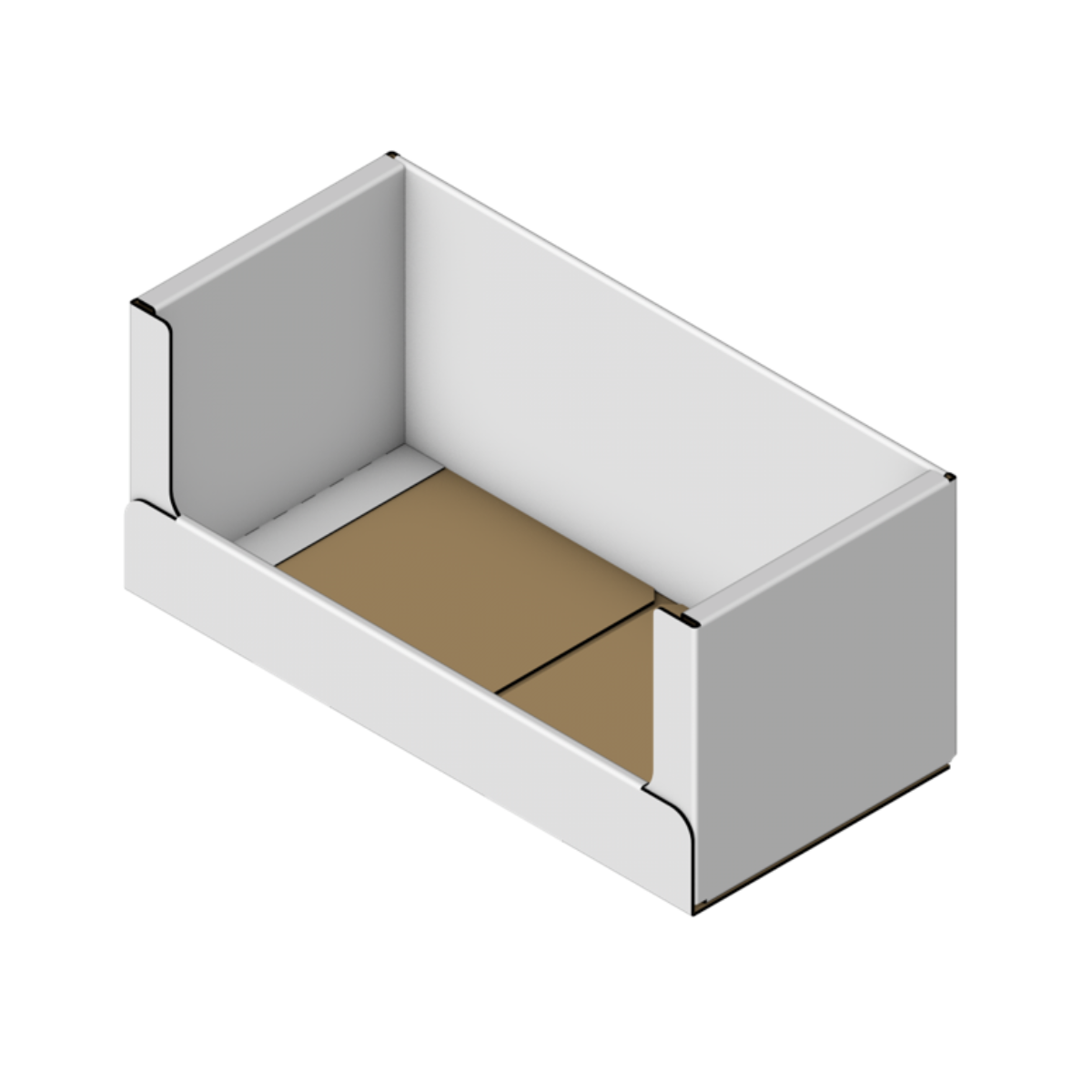
-
Case Study
Cross Aisle Pallet
Reduced total # of components to 15 from 35
Corrugate reduction 12%
Maintained structural integrity & performance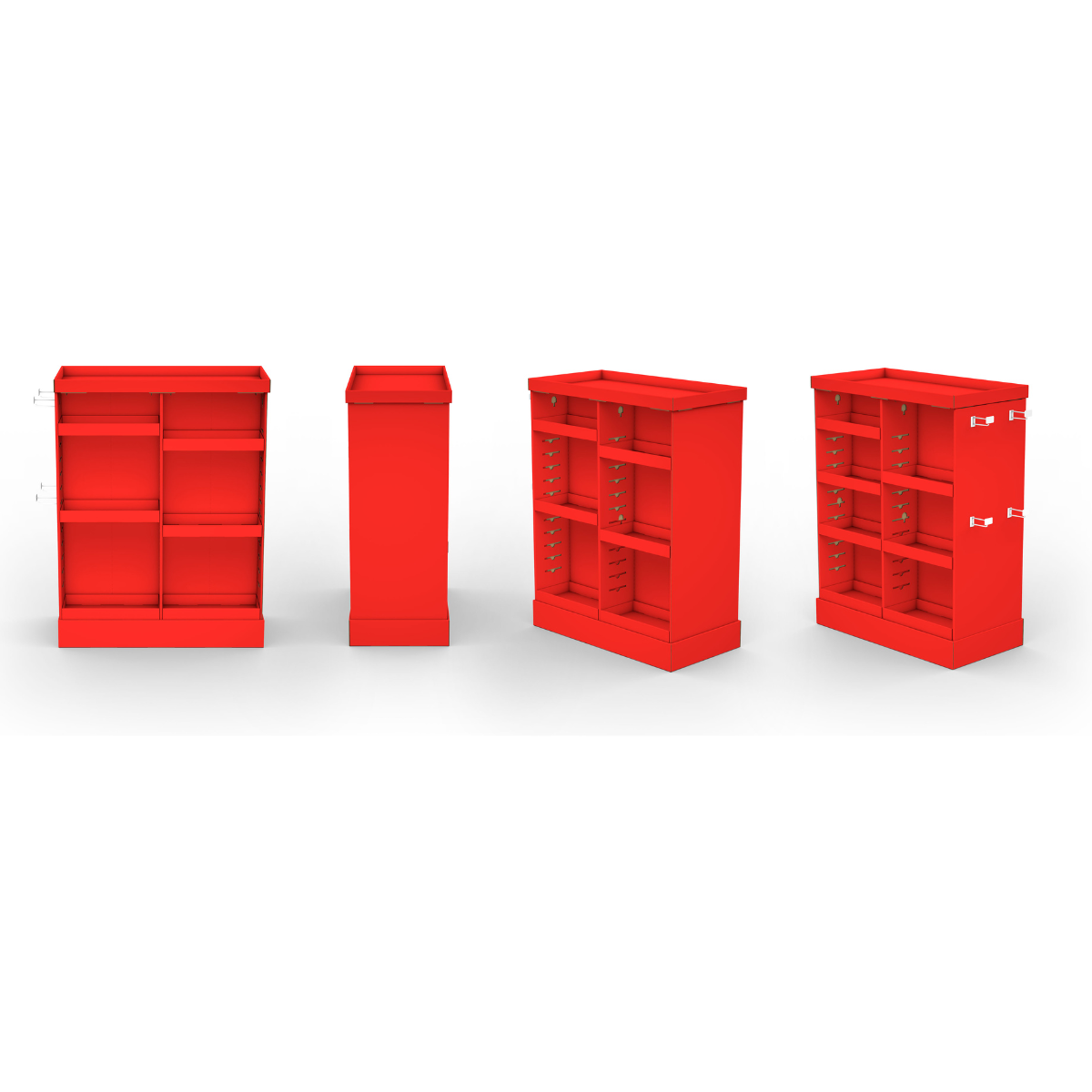
-
Case Study
Custom Corrugated Bin
Locking Bottom/Top Cap
Supports 250-300lbs product load.
Compatible with customer racking system.
100% recyclable.
Reduced trailering & warehouse space.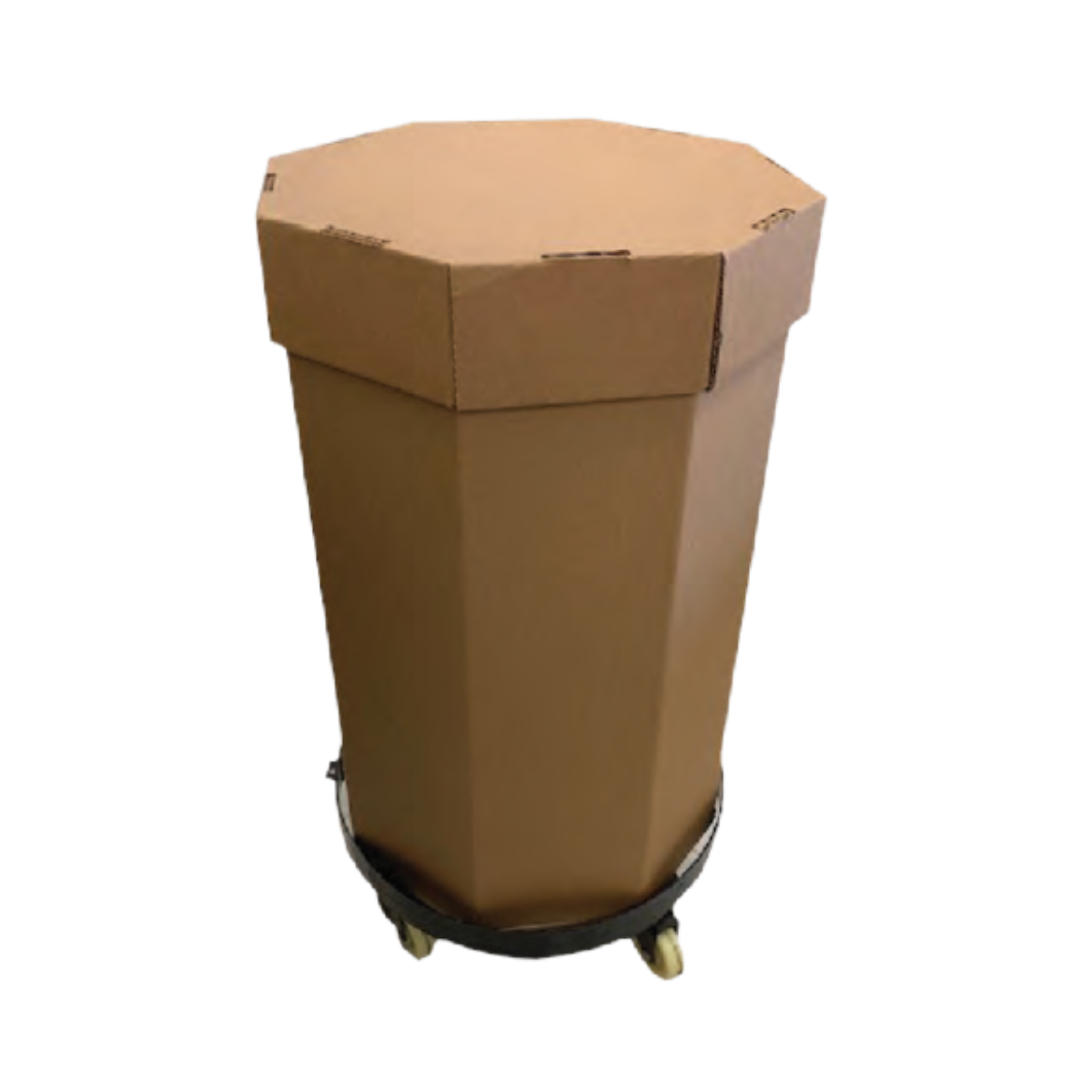
-
Case Study
Toy Pallet
Reduced # of components from:
70 corrugated / 6 plastic to 42 corrugated / 0 plastic
Maintained structural integrity & performance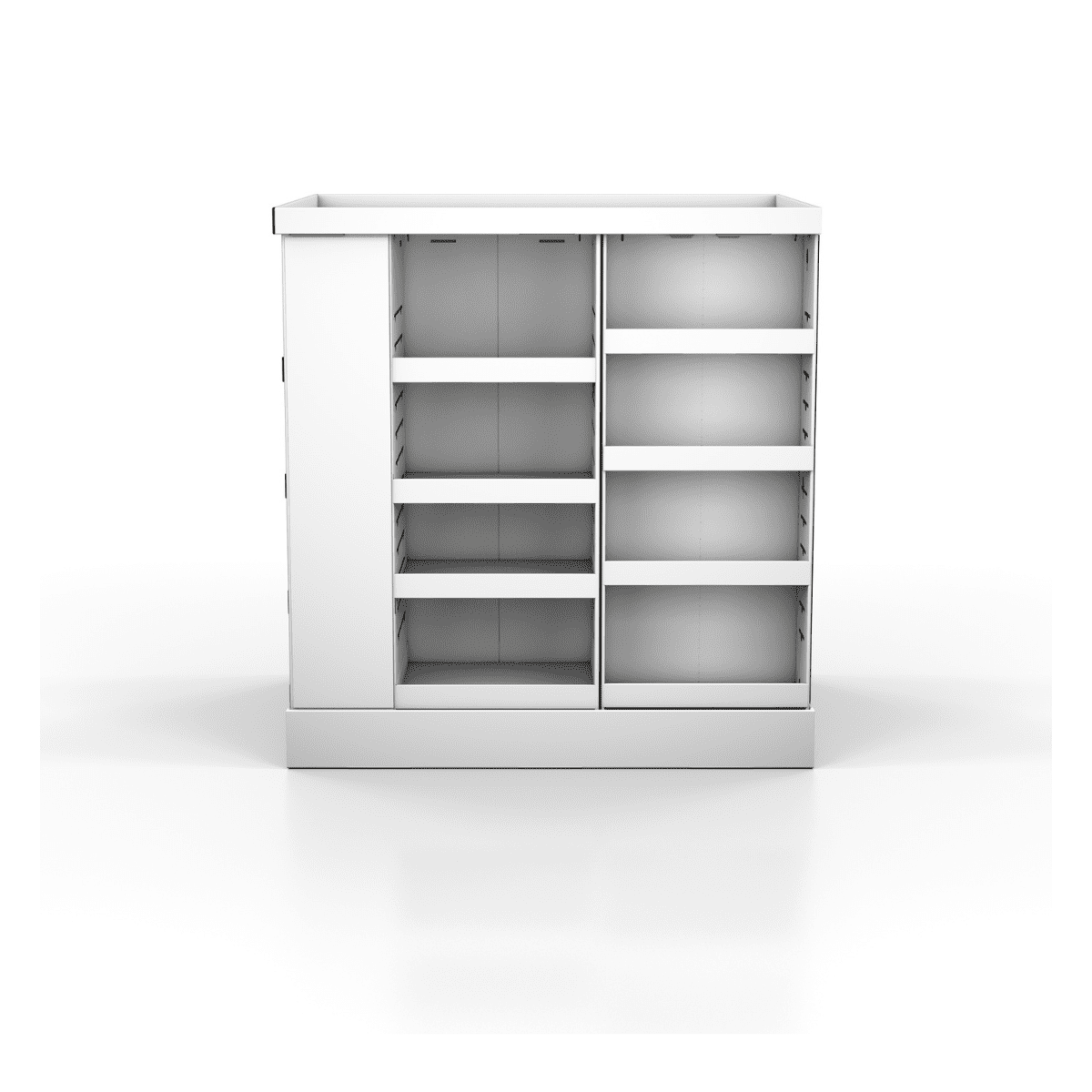
-
Case Study
Shelf Tray
Reduced # of components from 8 to 5
Reduced printed components from 3 to 1
